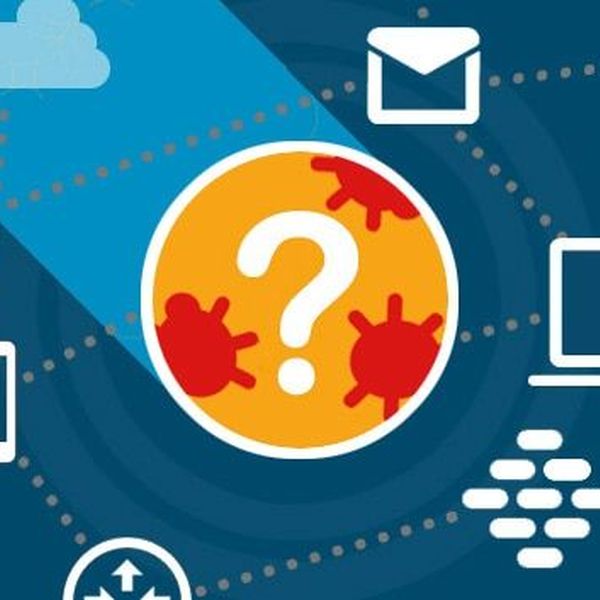Networking in the 80s
During the 80s, Networking was being used more often: By universities, militaries, companies, etc.. The network, being so new, had many loopholes in it, but nobody paid much attention to that. Eventually, a Cornell student created the Morris Worm, and unleashed it into the Arpanet in 1988. The Morris Worm attacks a device, renders it inoperable, then replicates itself and travels across the network. With the network flaws exposed, people realized that there was a need for security.
Around the same time, the movie ‘War Games’ popularized the concept of hackers, so threats were growing. CERT (Computer Emergency Response Team) was formed, in an attempt to contain worms and viruses, and to fix devices or networks that have been attacked. CERT was the very first organization to try to take hold of network security. In 1986, the Computer Fraud and Abuse Act (CFAA) was put into place, making it illegal to use or access someones account without authorization from the owner. Consequences include up to twenty years in prison, or a fine.
Network Security in the 90s
The 90s came, and networks were now open to the public. Personal computers were becoming more popular. This meant more opportunities for the people, and more opportunities for attackers. Unfortunately, there were so many threats, that individual teams couldn’t handle the amount of problems. Firewalls and antivirus programs took their place in security. Firewalls were a big breakthrough in Network Security. Firewalls monitor the information that comes in and out of the network. It has a set of standards that the information must meet, and if it doesn’t meet the set standards, it is blocked. In the late 2000s, new problems arise as technology works its way into our daily lives. Credit cards, company data, and money became a target. People are still struggling from problems like this today.
There are many aspects of network security; many different features that work together to keep the network safe. Some of these techniques are; IPS (Intrusion Protection Service) which identifies potential threats and responds to them quickly. VPN (Virtual Private Network) ensures that the communication between devices and networks is authentic, making it safe for the information to pass. Network Segmentation puts network traffic into categories, so it is easier for it to process, and easier to spot malicious code. Behavioral analytics tracks the normal behavior, so it can detect when the computer is acting up. Application security will make sure there are no insecure apps or software, where viruses may be hiding. Just in case any viruses, worms, or malware gets past all of these security features and ends up infecting a device, anti-malware systems will figure out where the problem is, and gets rid of it.
As time goes on and technology becomes more advanced, network security will evolve, and it may be completely different than what we have today. Network Security is crucial in keeping people safe, and so that nothing is stolen or tampered with. Network Security helps universities protect research databases, it helps militaries protect strategies and location, it helps banks protect money, it helps organizations protect what they set out for, and most importantly, it protects you.

